Category : Arts Program
Nov 13, 2024 | Arts Program, Community, News
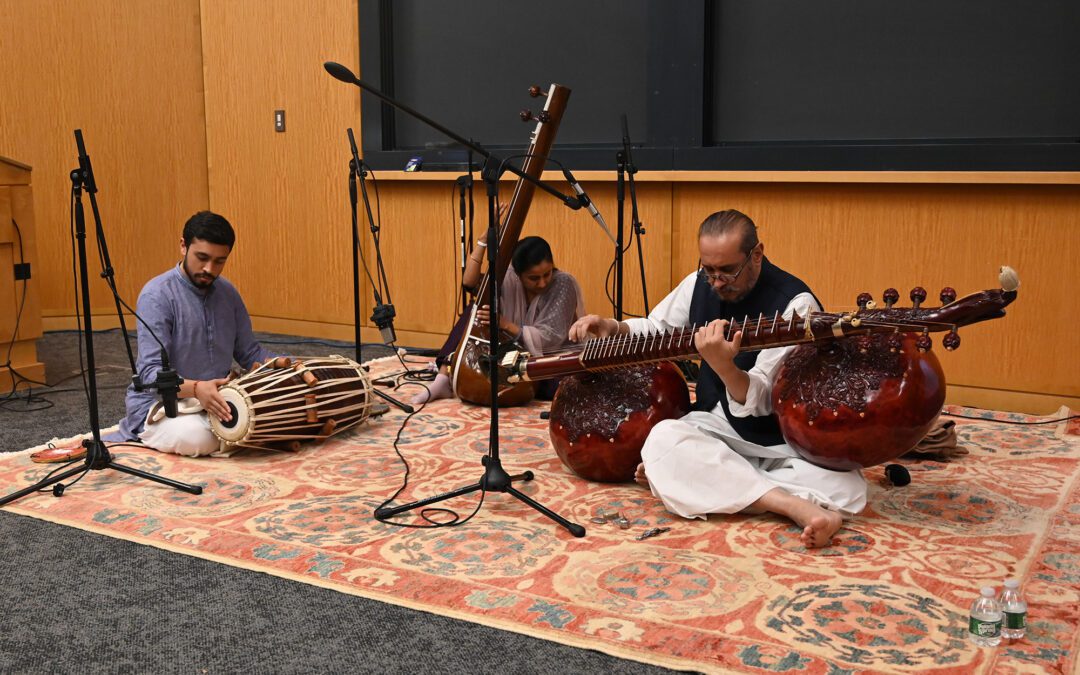
In mid-October, distinguished Indian classical musician Bahauddin Dagar was in residence at the Mittal Institute. The renowned rudra veena player, who is carrying the Dhrupad tradition forward, spent a week engaging with the Harvard community and sharing his rare art form and musical talents. The culmination of the week-long residency was a concert attended by over 170 attendees. Check out the concert recording and photos here.
Oct 21, 2024 | Announcements, Arts Program, Fellows, News
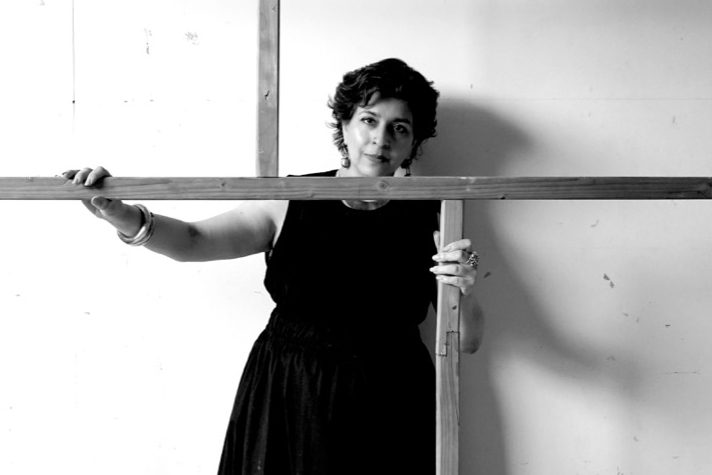
The Mittal Institute is excited to announce that Naiza Khan, a highly acclaimed visual artist from Pakistan, will be in residence on the Harvard campus in April 2025 as the institute’s second Distinguished Artist Fellow. The Distinguished Artist Fellowship at the Mittal Institute supports the artistic and research endeavors of senior artists from South Asia. A selection committee nominates a fellow in recognition of the artist’s contribution to important issues related to South Asia.
Oct 9, 2024 | Announcements, Arts Program, Community, News
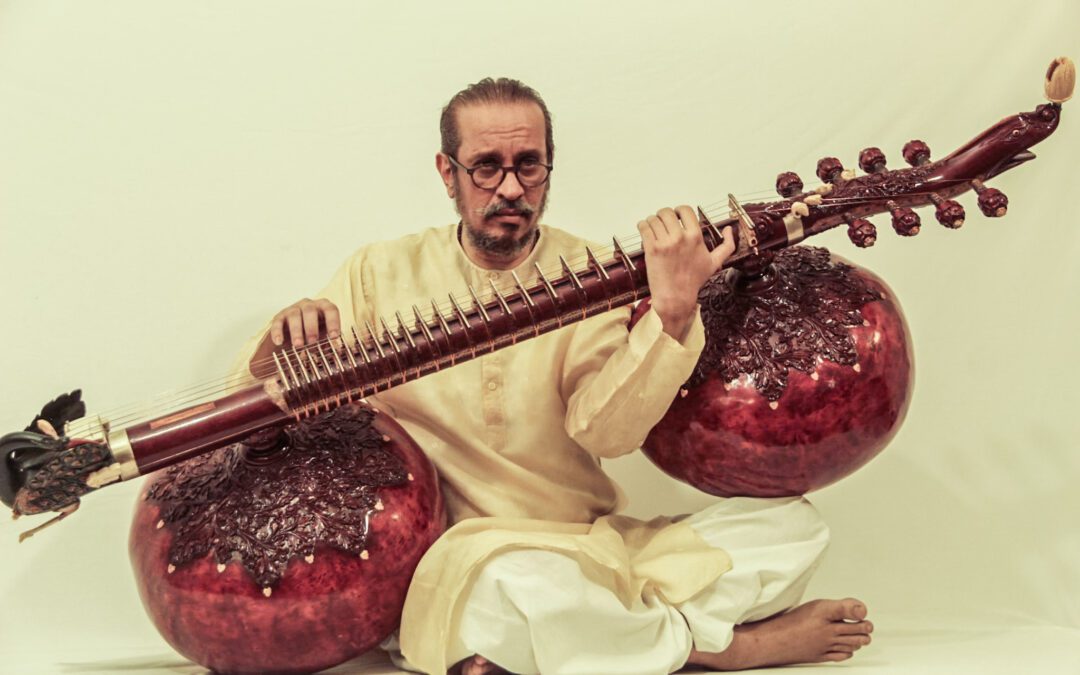
The Mittal Institute is pleased to welcome Distinguished Artist in Residence Ustad Bahauddin Dagar, a renowned rudra veena player. Ahead of his visit, we spoke with Dagar about how to balance tradition and artistic freedom, the peculiarities of the rudra veena, and what attendees can expect from his performance on Oct. 17, which will be part of ArtsThursdays, a university-wide initiative supported by Harvard University Committee on the Arts (HUCA).
Oct 7, 2024 | Announcements, Arts Program, Community, Nepal, News
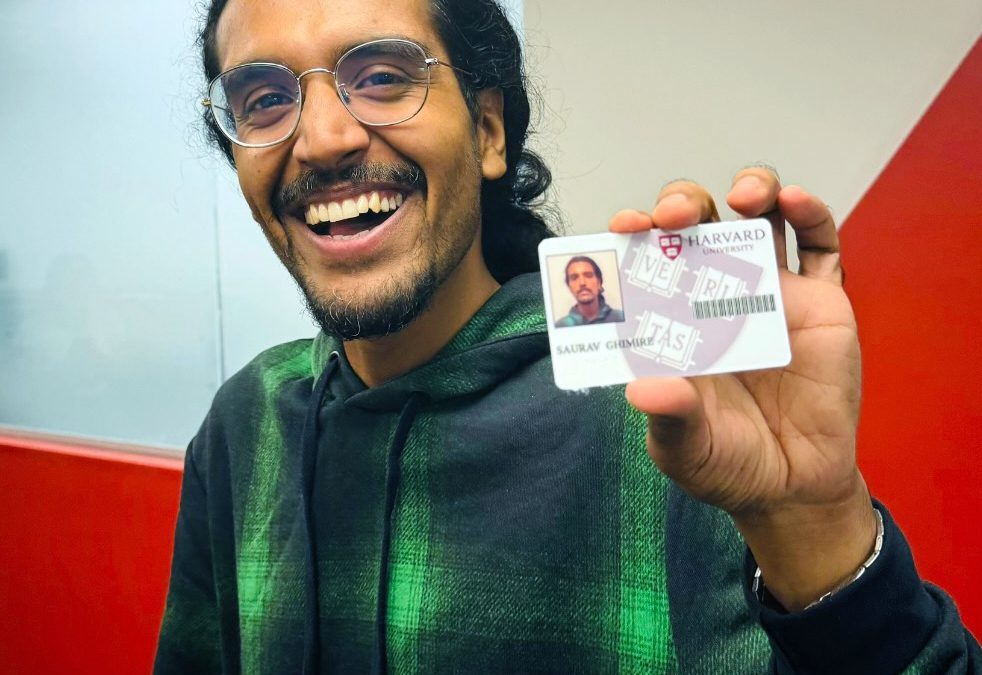
This fall, the Mittal Institute welcomes a new Visiting Artist Fellow from Nepal: Saurav Ghimire, a fiction and docu-fiction filmmaker who explores how to subtly disguise personal elements to achieve a universal story. Learn about his artistic motivations and save the date for the October 22 Art Exhibition and Film Screening.
Mar 19, 2024 | Alumni, Announcements, Arts Program, India, News

Aman Kaleem, former Mittal Institute Visiting Artist Fellow, has returned to Harvard from her hometown of New Delhi, India, to earn a Master in Design Engineering from the Harvard Graduate School of Design and the Harvard Paulson School of Engineering and Applied...
Feb 28, 2024 | Announcements, Arts Program, Community, News
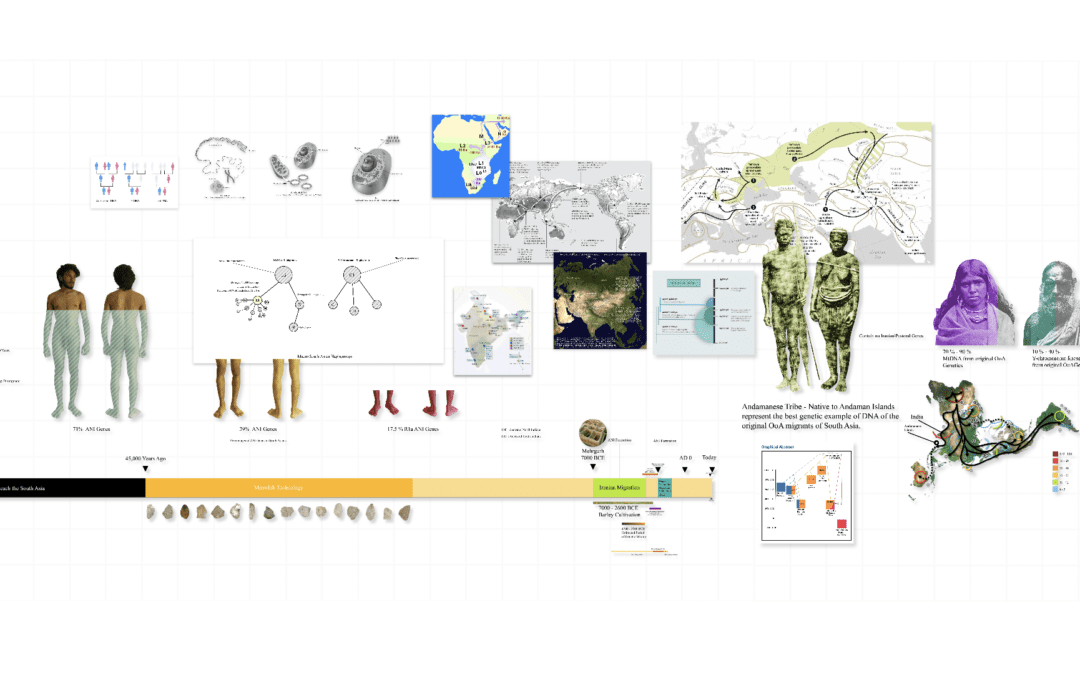
This spring, the Mittal Institute welcomes two new Visiting Artist Fellows from Lahore, Pakistan – Amra Fatima Khan and Waleed Zafar. Meet Waleed, an interdisciplinary visual artist and curator whose work explores South-Asian identity based on historical, socio-political and genetic markers. Learn about his artistic motivations and save the date for the March 4 Visiting Artist Fellows Art Exhibition.
Feb 21, 2024 | Announcements, Arts Program, Community, News

This spring, the Mittal Institute welcomes two new Visiting Artist Fellows from Lahore, Pakistan – Amra Fatima Khan and Waleed Zafar. Meet Amra, an interdisciplinary artist who investigates queer and alpha male archetypes through her work. Learn about her artistic motivations and save the date for the March 4 Visiting Artist Fellows Art Exhibition.
Sep 19, 2023 | Announcements, Arts Program, Community, News

The Mittal Institute welcomed two new Visiting Artist Fellows, Cop Shiva and Garima Gupta, to campus for the start of their eight-week research fellowship at Harvard. The program allows mid-career visual artists from around South Asia to spend eight weeks on the Harvard campus. The VAF differs from a typical artist residency program in that it is research-centered, providing artists with the vast resources of Harvard’s intellectual community to enhance their artistic practice.
Cop and Garima share more about their artistic motivations below. And save the date to join them at the Mittal Institute’s Visiting Artist Fellows Art Exhibition on Tuesday, October 10, where they will share more of their work with our community.
Sep 6, 2023 | Arts Program, News, South Asia in the News

The “Tree & Serpent: Early Buddhist Art in India, 200 BCE–400 CE” exhibit tells the story of early Buddhist art through 125 objects dating from 200 BCE to 400 CE. Conceptualized by John Guy, Florence and Herbert Irving Curator of the Arts of South and Southeast Asia in The Met’s Department of Asian Art, the exhibit was a complex logistical exercise, with major loans—of which many are loaned for the first time—from India, Europe, the United Kingdom and the United States. We spoke with John Guy about the exhibit, and what it took to bring it to the public.
May 10, 2023 | Afghanistan, Arts Program, Community, Faculty, Fellows, In Region, India, News, Pakistan, South Asia in the News
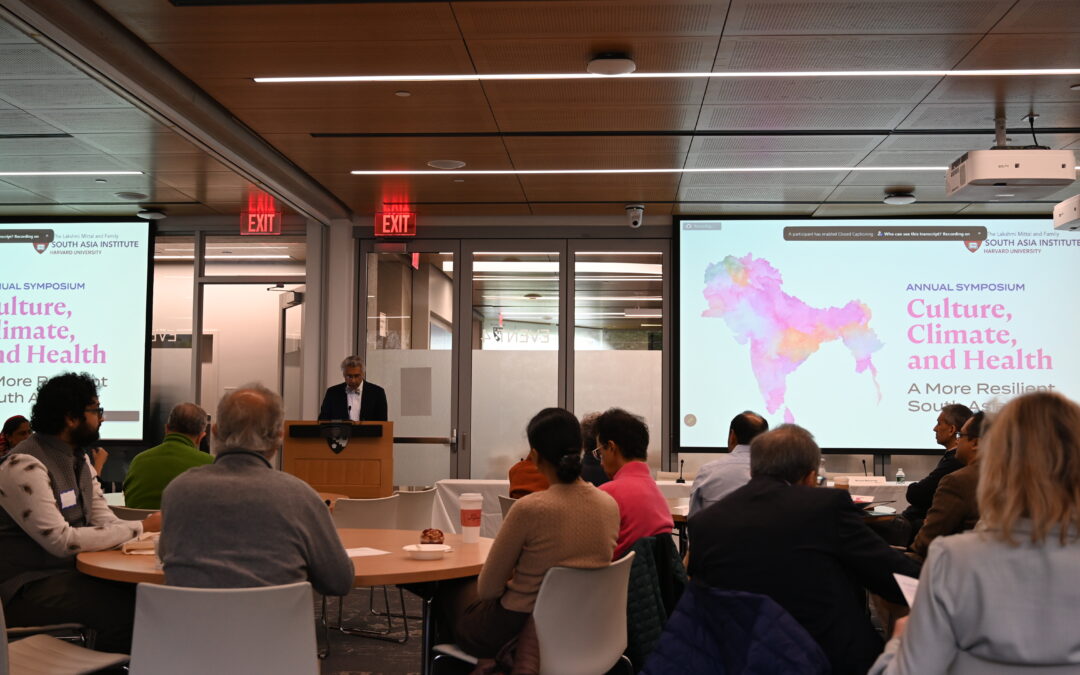
Scholars, practitioners and a packed audience gathered for the Mittal Institute’s flagship spring event, the Annual Cambridge Symposium, to present work and discuss ideas central to South Asia. This year’s conference focused on the theme of “resiliency.” The day...
Apr 12, 2023 | Arts Program, Community, Faculty, India, News

Deep in a bank vault of Mumbai’s Asiatic Society lies a revered treasure that is much studied in textbooks but rarely seen. The early 16th-century painted manuscript (dated 1516 CE), one of the oldest of its kind in the world, requires a committee’s approval to see the light of day – a committee that had remained elusive to Prof. Jinah Kim, an expert in South Asian art, for years. But last September, her proposal to study the painted manuscript finally got the go-ahead, and capturing the color from the rare piece of work may just change the study of South Asian art – and maybe all of Asian art – forever.
Apr 11, 2023 | Arts Program, Community, India, News

The Mittal Institute’s inaugural Distinguished Artist Fellow, Nilima Sheikh, will soon join us in residence on the Harvard campus from her home of Baroda, India. A renowned painter, Nilima has been a career artist for more than 50 years. We spoke with her about what led her to apply for a DAF, and her hopes for her experience.












